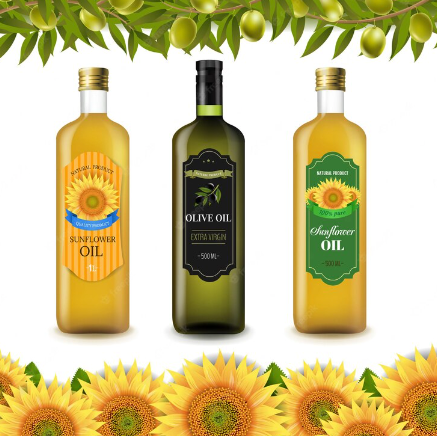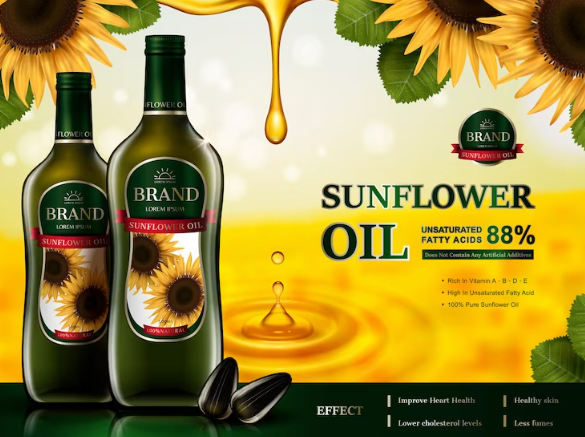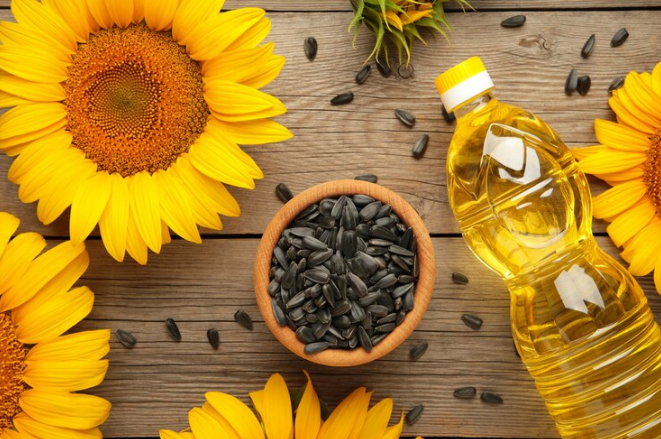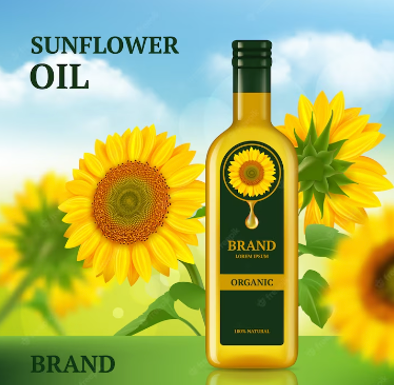oil sunflower Refined, best quality sunflower oil, premium sunflower oil

Natural 100% sunflower oil, Premium cooking oil, quality sunflower oil
May 8, 2023
Premium sunflower oil Refined, best quality sunflower oil, Natural 100% sunflower oil
May 9, 2023Oil Sunflower: A Comprehensive Guide
Oil sunflower is a widely cultivated crop that is known for its versatile nature. The plant is primarily grown for its oil-rich seeds, which are used for cooking, baking, and as an ingredient in various food products. In this comprehensive guide, we will explore everything you need to know about oil sunflower – its benefits, uses, and cultivation. buy now

What is Oil Sunflower?
Oil sunflower (Helianthus annuus) is a plant species that belongs to the family Asteraceae. The plant is native to North America but is now grown worldwide for its oil-rich seeds. Oil sunflower plants grow up to 3 meters tall and produce yellow flowers that bloom in summer.

Benefits of Oil Sunflower
Oil sunflower seeds are rich in essential fatty acids, vitamins, and minerals, making them a highly nutritious food source. The oil extracted from oil sunflower seeds is also rich in oleic acid, which has been shown to have various health benefits, including reducing the risk of heart disease, improving insulin sensitivity, and reducing inflammation.
In addition to its nutritional benefits, oil sunflower is also a valuable crop for wildlife. The plant produces a large number of seeds, which are a rich source of food for birds, squirrels, and other wildlife.

Uses of Oil Sunflower
Oil sunflower has a wide range of uses, both in the food industry and beyond. The oil extracted from oil sunflower seeds is commonly used for cooking, frying, and baking due to its high smoke point and neutral flavor. The oil is also used as an ingredient in various food products, including margarine, mayonnaise, and salad dressings.
In addition to its use in the food industry, oil sunflower is also used in the production of biodiesel, a renewable fuel source that can be used to power vehicles. The plant is also used as a source of animal feed and as a soil conditioner due to its high nutrient content.

Cultivation of Oil Sunflower
Oil sunflower is a relatively easy crop to cultivate, making it a popular choice for farmers and gardeners alike. Here are the key steps involved in cultivating oil sunflowers:
Soil Preparation for Oil Sunflower Cultivation
Oil sunflower thrives in well-drained soils that are rich in organic matter. Before planting, the soil should be tilled to a depth of at least 15 cm, and any weeds or debris removed. A soil test can also be conducted to determine the nutrient content of the soil and any deficiencies that need to be addressed.

